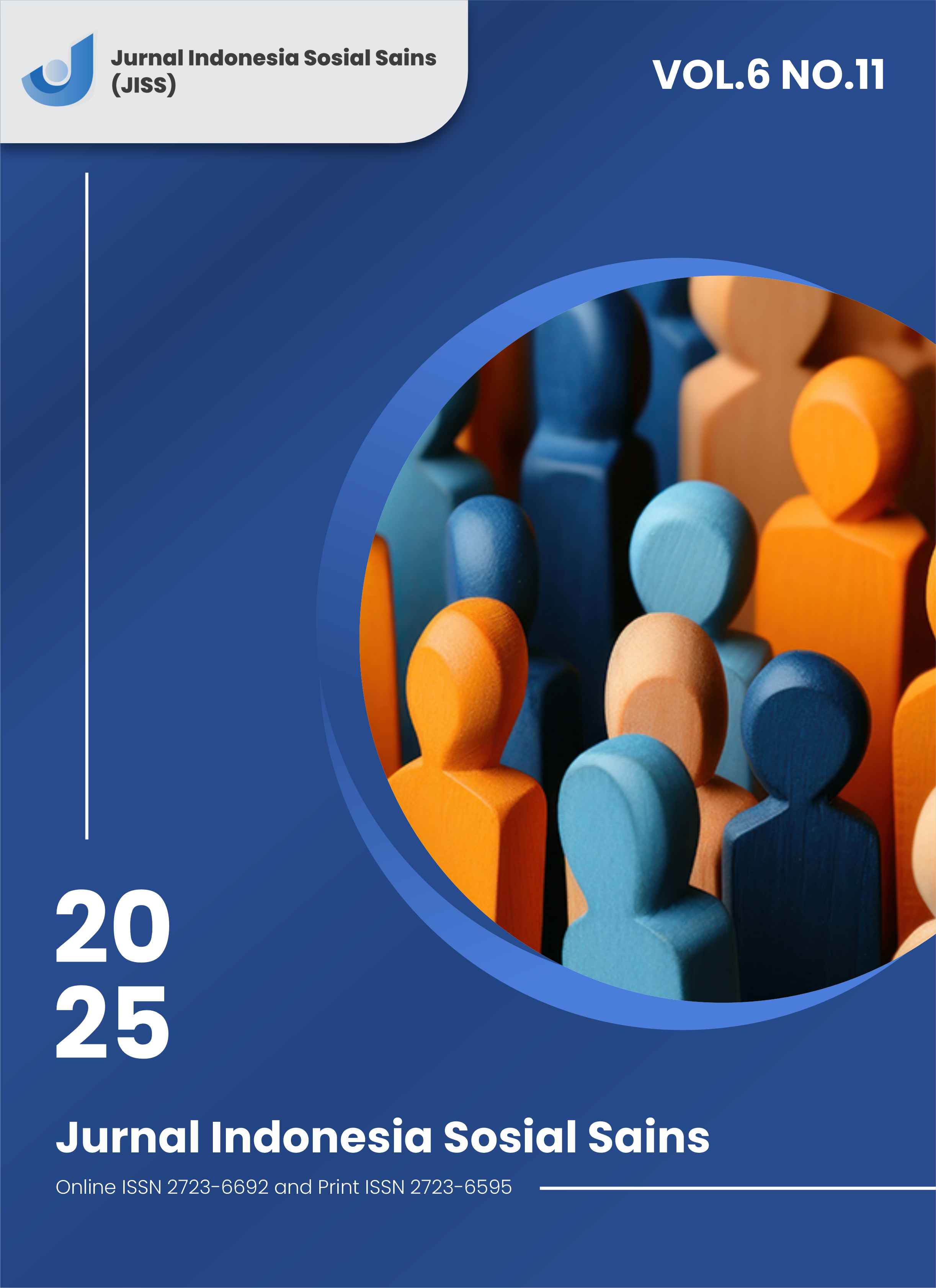Strengthening Child Marriage Prevention Policy Strategies in the Implementation of Development Planning
DOI:
https://doi.org/10.59141/jiss.v6i11.2077Keywords:
children, marriage,, ; protection,, violence,, rights,, teenagersAbstract
Child marriage is a form of child abuse with multifaceted impacts. The child marriage rate was included as a development target in the 2020-2024 National Medium-Term Development Plan (RPJMN) and was achieved in 2024. This target is supported by various cross-sectoral efforts at both the national and regional levels. However, challenges remain, such as unregistered child marriages, teenage births, and a suboptimal referral system for child victims and integrated data. In the next planning document, the 2025-2029 RPJMN, the child marriage rate remains a priority indicator, necessitating a re-sharpening of the strategy to ensure that efforts are not only quantitative but also qualitative, ensuring that every child's rights are met. This policy brief is designed to provide recommendations for alternative policies to strengthen child marriage prevention efforts through a qualitative approach with descriptive analysis to illustrate achievements and identify challenges, systematic analysis to generate policy alternatives, and assessment of priority policy alternatives using five decision-making and public policy criteria. The evaluation results indicate strengthening norms in various regulations, a clear role structure between stakeholders, and collaborative processes at both the national and regional levels. To address future challenges, a transformation is needed by expanding the scope of policy from prevention to prevention and management of child marriage. Four alternative strategies were identified: strengthening asymmetric policies tailored to regional characteristics, enhancing reproductive health education to increase adolescent resilience and raise awareness in the immediate environment, strengthening referral services for victims of child marriage, and improving the integrated data system.
Downloads
Published
How to Cite
Issue
Section
License
Copyright (c) 2025 Indah Erniawati

This work is licensed under a Creative Commons Attribution-ShareAlike 4.0 International License.
Authors who publish with this journal agree to the following terms:
- Authors retain copyright and grant the journal right of first publication with the work simultaneously licensed under a Creative Commons Attribution-ShareAlike 4.0 International. that allows others to share the work with an acknowledgement of the work's authorship and initial publication in this journal.
- Authors are able to enter into separate, additional contractual arrangements for the non-exclusive distribution of the journal's published version of the work (e.g., post it to an institutional repository or publish it in a book), with an acknowledgement of its initial publication in this journal.
- Authors are permitted and encouraged to post their work online (e.g., in institutional repositories or on their website) prior to and during the submission process, as it can lead to productive exchanges, as well as earlier and greater citation of published work.












